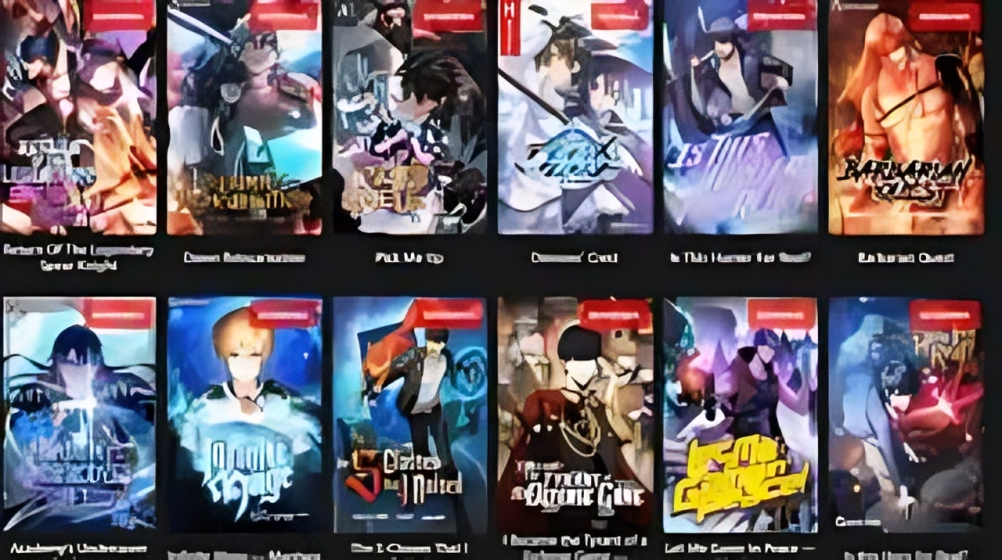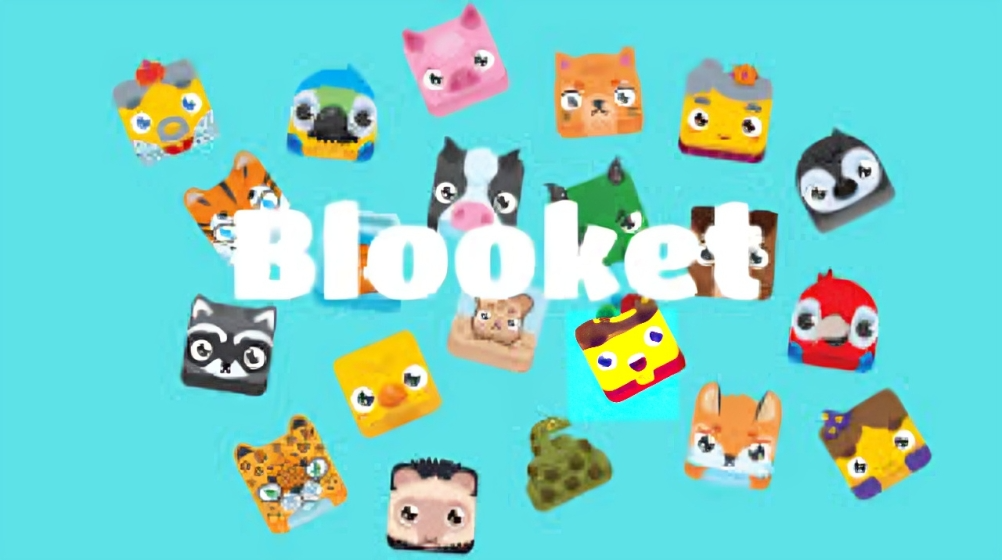The year Halo (2003) Game Icons Banners was a defining moment for gaming history, as Halo: Combat Evolved, a revolutionary first-person shooter developed by Bungie, captured the hearts of players worldwide. Originally released for the Xbox in 2001, the game was later brought to PC in 2003, further expanding its audience. Halo (2003) Game Icons Banners was not just a game; it was a cultural phenomenon that changed the landscape of the gaming industry. One of the unique aspects that fueled its legacy was its memorable icons, banners, and visual representations that became synonymous with the Halo experience.
In this article, we’ll explore the significance of the Halo game icons, banners, and how they have played a role in the game’s rise to legendary status. We’ll also discuss how these visual elements contributed to building a strong brand identity that continues to resonate with fans.
The Rise of Halo (2003) Game Icons Banners
By Halo (2003) Game Icons Banners: Combat Evolved had already cemented itself as one of the most critically acclaimed games of its generation. Its rich narrative, well-designed multiplayer modes, and smooth mechanics set it apart from its competitors. Yet, beyond the gameplay, it was the visual storytelling and branding that made Halo (2003) Game Icons Banners truly stand out. The game’s art direction, featuring distinct icons and banners, captured the spirit of the story, immersing players even before they picked up the controller.
When the game was ported to the PC, its accessibility grew, allowing for a broader audience to experience its immersive worlds. The promotion of the game on PC included distinct banners and icons that carried the essence of the original Xbox release while catering to a fresh audience. These visual assets played a crucial role in the marketing and branding of Halo, providing fans with instantly recognizable symbols.
The Power of Halo Icons
Icons are a powerful tool in gaming. They are symbols that trigger recognition and nostalgia, often with just a single glance. For Halo (2003) Game Icons Banners: Combat Evolved, the most iconic image was Master Chief’s helmet, the character’s faceless persona, which has become one of the most recognized symbols in gaming history. The design of Master Chief, clad in green armor with a reflective visor, is instantly recognizable. This helmet became a default icon for Halo as a franchise.
Apart from the helmet, the UNSC (United Nations Space Command) logo became another critical icon, representing the human military faction fighting against the Covenant in the game. The minimalist yet bold design of the UNSC eagle, often featured in menus, loading screens, and promotional banners, played a significant role in establishing the military sci-fi theme of Halo.
Moreover, the Halo series also relied on the representation of its alien enemies through logos and symbols. The Covenant faction had its own distinct iconography, characterized by angular, sharp lines and symbols that hinted at the alien nature of the group. These symbols were used not only in-game but also across promotional materials and banners.
Icons weren’t limited to just logos and character representations, though. The iconic halo ring itself, after which the game was named, became a central visual element. The towering ring structure floating in space was not only a part of the game’s environment but also featured heavily in its promotional art, screenshots, and cover art. It added to the mystery and grandeur of the game’s universe.
The Evolution of Banners in Halo (2003) Game Icons Banners
Banners, much like icons, were a major tool for Halo (2003) Game Icons Banners to communicate its identity to the players. These banners often featured a combination of the most important elements of the game – from Master Chief, the vast landscapes, to the aforementioned Halo ring structure. In the early 2000s, gaming websites, forums, and physical stores used these banners extensively to create excitement and anticipation for the game’s release on PC.
In 2003, as the game was promoted for the PC market, banners designed for both digital and print mediums became more widespread. Digital banners, especially for websites and early social media platforms, often highlighted the dual nature of the conflict in Halo – showcasing both the human side (Master Chief and the UNSC) and the alien side (the Covenant). These banners were dynamic, portraying action-packed scenes, explosions, and sci-fi weaponry, all rendered in the game’s signature art style.
One of the standout banners featured Master Chief standing on a cliff overlooking the Halo ring with a group of marines behind him. The visual not only hinted at the game’s single-player campaign but also communicated the scale of the conflict and the grandeur of the game’s environments. The combination of the green, earthy tones of the marines and the futuristic design of the Halo ring created a banner that resonated with both sci-fi and action fans.
As the Halo franchise grew, so did the variety of banners. For each new event, game update, or expansion, new banners were created to engage the fanbase. These banners became an integral part of how Bungie and Microsoft communicated with the community. Whether it was the promotion of multiplayer maps or new mods for the PC version, the banners helped solidify Halo’s place in the gaming culture.
The Legacy of Visuals in Halo’s Branding
The success of the Halo (2003) Game Icons Banners brand can’t be fully understood without appreciating the role of its visual components. Icons, banners, and logos have all contributed to making the game instantly recognizable. When players see Master Chief’s helmet or the Halo ring, they are reminded of the thrilling adventures and battles they’ve experienced in the game.
These visual assets also contributed to building a community. When players created fan art, shared screenshots, or discussed the game online, they often used Halo’s iconic imagery to express their passion for the series. This communal use of the game’s visual elements further cemented the game’s status in the gaming world.
In 2003, when Halo was still relatively young, the icons and banners that Bungie created served as the bedrock for what would become one of the most beloved gaming franchises in history. These visuals weren’t just marketing tools; they became symbols of a shared cultural experience for millions of players.
Conclusion
The impact of Halo (2003) Game Icons Banners can be attributed to more than just its engaging gameplay and gripping story. Its iconic imagery, from Master Chief’s helmet to the massive Halo ring, and the memorable banners that accompanied the game’s promotion played an instrumental role in the game’s success.
Over time, these visuals helped Halo transcend the gaming medium to become a broader cultural symbol. Today, as fans look back on the original game, it’s not just the gameplay they remember, but the powerful images and banners that accompanied their journey through Halo’s universe.
The year Halo (2003) Game Icons Banners was just the beginning of what would become an expansive visual legacy, and it all started with the icons and banners of Halo: Combat Evolved. As the franchise continues to grow, these elements will remain a testament to the game’s lasting impact.




